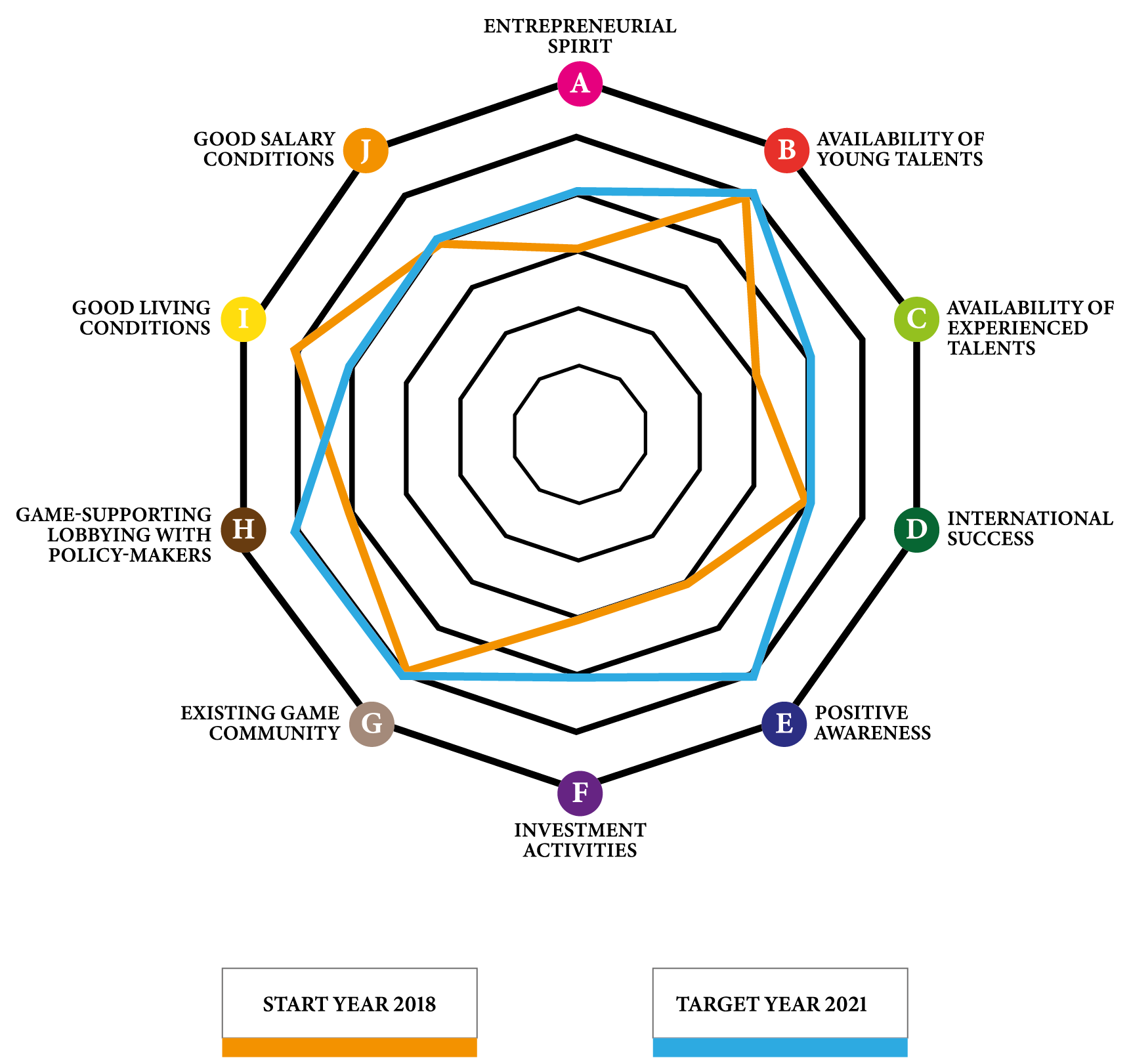Quality of Location and Living conditions Berlin
Berlin-specific statistics
| Population of Berlin: | 3,6 million (2019) |
| Median age: | 42,7 years |
| Share of foreigners: | 17% (2017) |
| Share of earners over 60,000 € p. a.: | 8% (2017) |
| Average rent (incl. incidental expenses): | 13,50 €/sqm (2017) |
| Basic living expenses without rent: | 800-1,000 €/month (2017) |
| Entitlement to weekly formal childcare: | 30-48 hours |
| Households with access to up to 50 Mbits/s: | 85% (2017) |
| General practitioners: | 2.3 / 1,000 inhabitants |
| Hospitals and beds: | 81 + 20,000 (2017) |
| Violent crime against people: | 11% (2017) |
“Living conditions
This needs to be assessed against the backdrop of living costs: the average rent in Berlin per m² is around 10 €, with approx. 3.50 € for services, tax and insurance. However, it must be added that there is a growing housing shortage in Berlin, which has led to a significant increase in rents. 75-95% of all households have access to broadband up to 50MBits/s.
Several “expat” online advisor sites calculate living costs from 800 to 1,000 € per month for one person (obviously with a low to average spending level).
Quality of life
In Germany, childcare is a strong point. On average, parents are entitled to 30-48 hours of weekly formal care. This obviously depends on many factors. However, some care centres are fully booked and have waiting lists for the next few years, while others advertise available places. This reflects both the density of children in some areas and the different quality levels of childcare centres.
With regard to health care, Berlin has 2.3 medical doctors per 1,000 citizens. Berlin has 81 hospitals with approx. 20,000 beds.
In terms of safety, of the 520,437 crimes and offences committed, 0.8% were life-threatening or sexual attacks. Most are financially motivated crimes (over 60%), and roughly 10 % are violent crimes against people.
Berlin has two airports with an average of 52 direct passenger flights to other cities on a daily basis. There is an international airport under construction that is to replace the two existing airports, although it is already said to be too small. Infrastructure for international travel is not one of Berlin’s strong points. The loss of AirBerlin has disconnected Berlin from many cities, in particular from the BSR and East European cities. Within Germany, there are fast trains to Frankfurt and Munich (each of these destinations is about a 4-hour trip from Berlin).
Within the cities, public transport covers the city well with busses, trams, the underground (U-Bahn) and the S-Bahn. Passengers feel that busses do not run frequently enough, in particular on the outskirts of Berlin, although the population there is growing. The S-Bahn and underground have been disrupted repeatedly in recent years, which hampers gentrification of areas outside the centre.
Demographics
Berlin has a population of 3,669,491people. The median age is 42.7 years. In 2017, 17% of the population were foreign nationals. In 2016 8% of the population earned over 5,000 €/month in gross salary, 13% below 1,300 €, and 20% between 2,600 and 3,600 €.
Berlin attracts talents from the Baltic Sea area and Eastern European countries, amongst them also the keenly sought experienced talents.
Cultural climate
It is difficult to determine an exact number of cultural activities per year, since the question would be what to include. From movies to concerts, talks, opera, theatre and festivals etc., our research came up with 571,500 events in 2017.
The total revenue of the cultural-creative sector was 15.6 bn € in 2015, and culture’s share of total public expenditures in 2018 was 3% (or 758 m €) of the state of Berlin’s budget for that year.
______________________
Status: 2020



